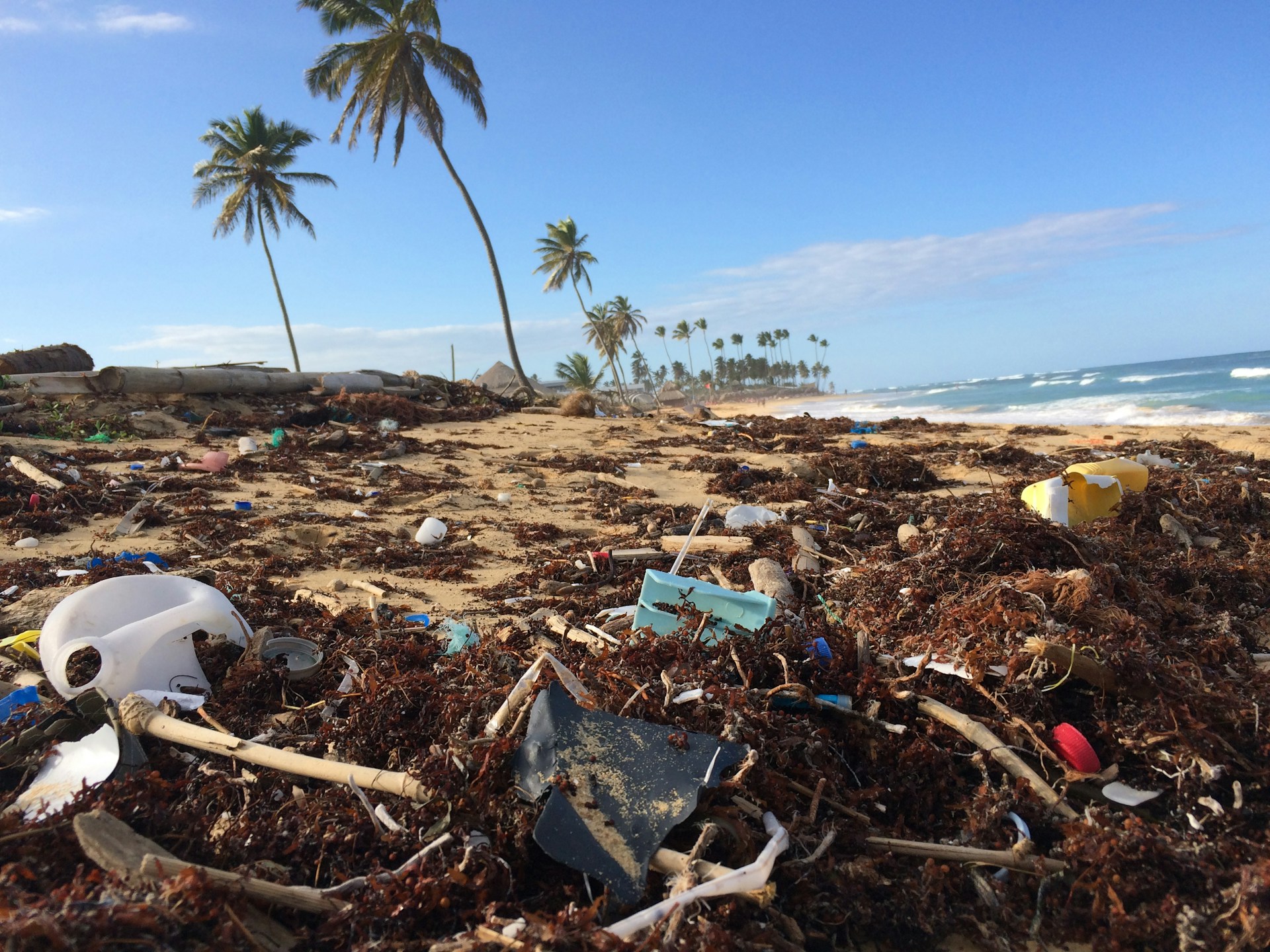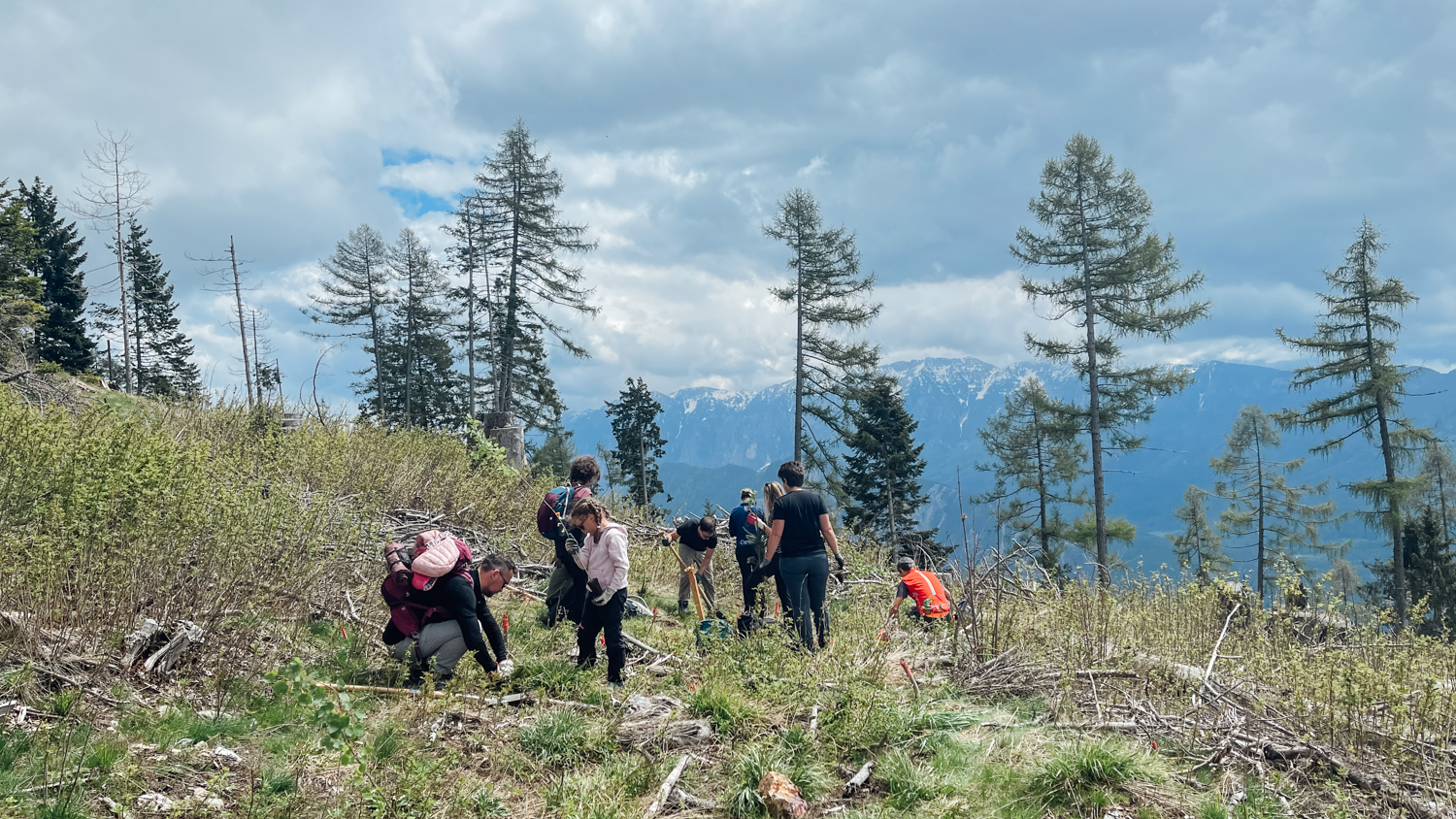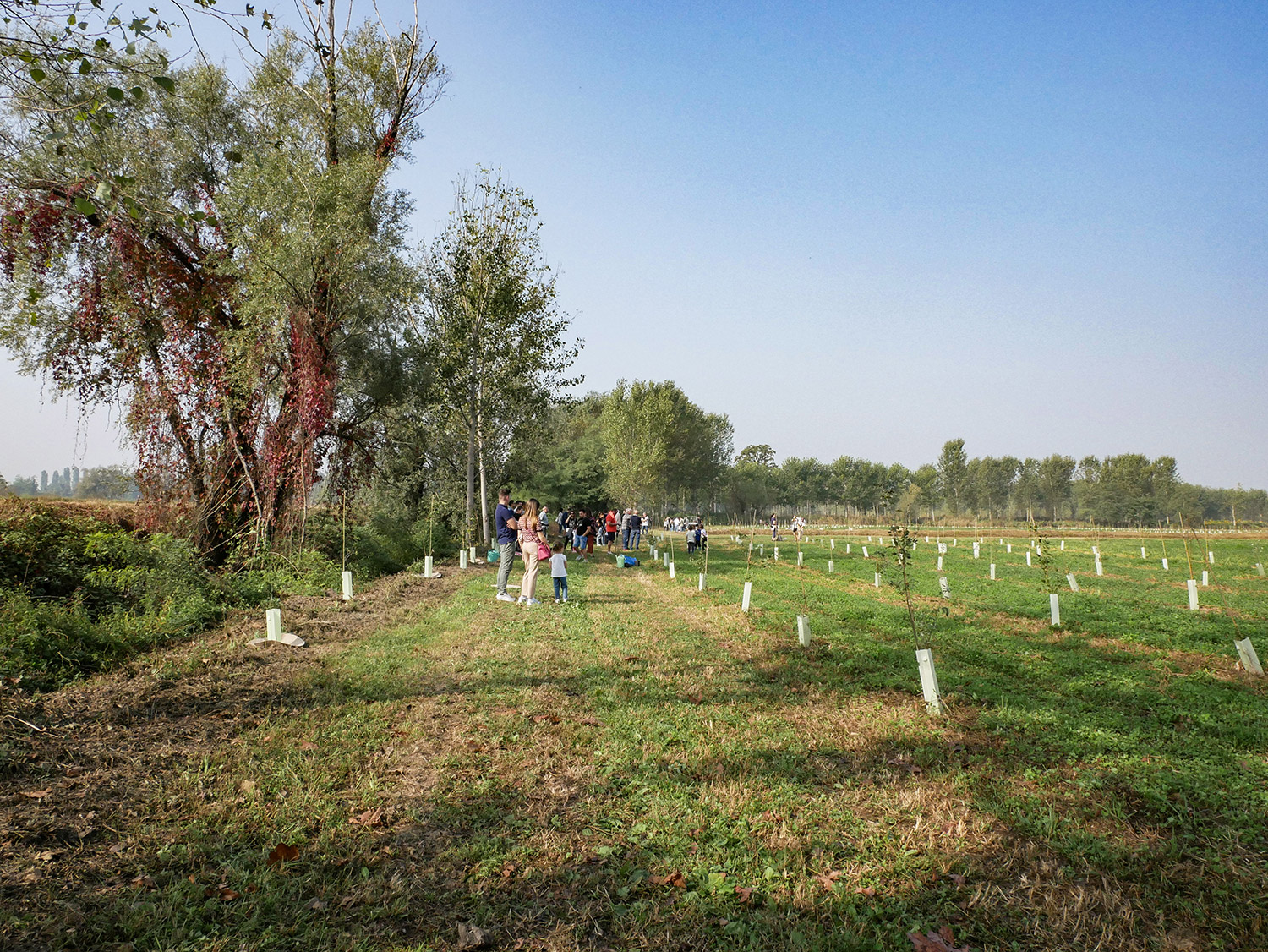
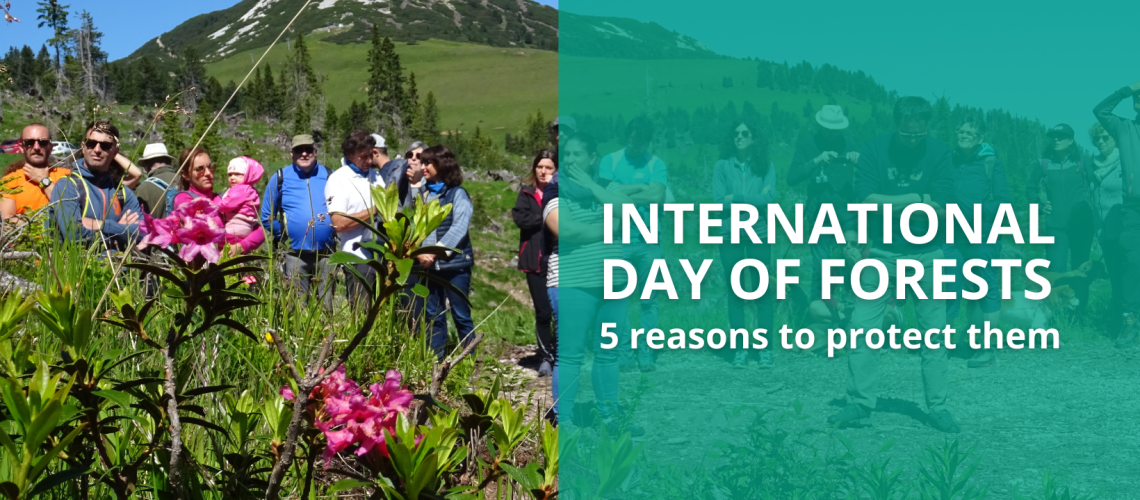
International day of forests: 5 reasons to protect them
1. They cover one-third of the earth’s surface
Forests make our planet unique and cover about one-third of its surface. This means that forests are found on every continent, with the exception of the polar regions. Forests vary widely, depending on climate, soil type and the species of plants and animals that inhabit them, but they remain essential to the continuity of life on Earth. The world’s largest forest is the Amazon, which spans nine countries-Brazil, Peru, Colombia, Venezuela, Ecuador, Bolivia, Guyana, Suriname, and French Guiana. It covers an area of about 6.7 million square kilometers, accounting for about 40 percent of the world’s remaining tropical rainforests.
2. They are home to more than 80 percent of the Earth’s animal and plant species
Forests are home to 80% of both animal and plant species because they are complex and diverse environments that provide habitats and resources for a wide variety of species. In particular, forests are characterized by a great biodiversity of plants, trees, and shrubs, creating an environment rich in microclimates, habitats, and ecological niches. They also provide food and shelter for numerous animals, such as birds, mammals, insects and reptiles. At the same time, forest animals play a key role in plant seed dispersal and pollination, thus helping to ensure plant reproduction and our survival.

3. They produce about 20% of the oxygen in the atmosphere
We don’t want to re-explain photosynthesis for the millionth time, so we just want to remind you how good the air we breathe is in the midst of nature, without taking anything away from the oceans, of course.
4. They regulate the global climate
Forests play an important role in climate regulation by absorbing large amounts of carbon dioxide (CO2) from the atmosphere through photosynthesis. On a large scale, forests also help to mitigate the climate by releasing large amounts of water vapor into the atmosphere through the process of transpiration. This process has a cooling effect on the surrounding environment, as it requires energy to evaporate water from leaves and soil.
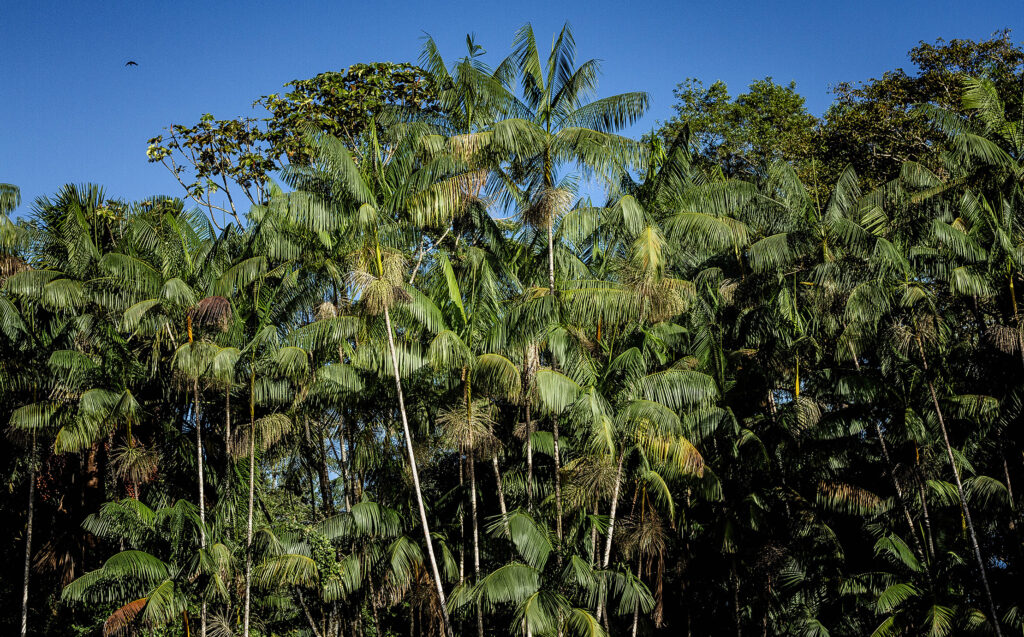
5. They are at risk, but you can help them
Forests are at risk due to a combination of factors, including deforestation, fires, desertification, expansion of urban and agricultural areas, and more. According to the United Nations, we lost about 178 million hectares of forests between 1990 and 2020, equal to the area of Libya. What can you do? Grow new trees and protect existing forests with us.
Forest conservation is critical to combat the climate crisis and protect biodiversity. Celebrate International Forest Day with us!
YOU CAN DO A LOT
SHARE
Other news


World Earth Day: why we celebrate our planet on 22 April

What does a tree look like?
